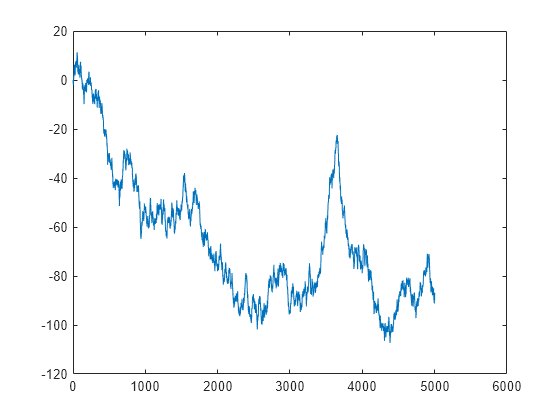RandStream.create
创建在统计上独立的随机数流
语法
说明
s = RandStream.create(gentype)gentype 指定的均匀伪随机数生成器算法。RandStream.list 为 gentype 返回所有的可能值,或参阅创建和控制随机数流了解有关生成器算法的详细信息。当您需要创建单个流时,RandStream 函数是更简洁的方法。
[s1,s2,...] = RandStream.create( 创建 gentype,'NumStreams',n)n 个随机数流。这些流在伪随机意义上是独立的。这些流不一定独立于在其他时间创建的流。
注意
并非所有生成器类型都支持多个流。使用乘法滞后斐波那契生成器 ('mlfg6331_64') 或组合多递归生成器 ('mrg32k3a') 创建多个流。
[___] = RandStream.create( 使用一个或多个 gentype,Name,Value)Name,Value 对组控制流的创建。
示例
输入参数
名称-值参数
提示
通常,您会在一次传递中或在 MATLAB 会话开始时调用 RandStream.create 一次以创建多个独立流。例如,您可以使用 [s1,s2,s3] = RandStream.create('mrg32k3a','NumStreams',3) 创建三个独立流。
您也可以通过分别调用 RandStream.create 创建每个流,但您必须为 gentype、'NumStreams'、'Seed' 和 'StreamIndices' 指定相应值以确保其独立性:
为
gentype、'NumStreams'和'Seed'分别指定相同的值。每次为
'StreamIndices'指定不同值。所有值都应介于1到'NumStreams'的值之间。
例如,使用 s1 = RandStream.create('mrg32k3a','NumStreams',5,'Seed',0,'StreamIndices',1) 和 s2 = RandStream.create('mrg32k3a','NumStreams',5,'Seed',0,'StreamIndices',2) 创建两个独立的流。
版本历史记录
在 R2008b 中推出

